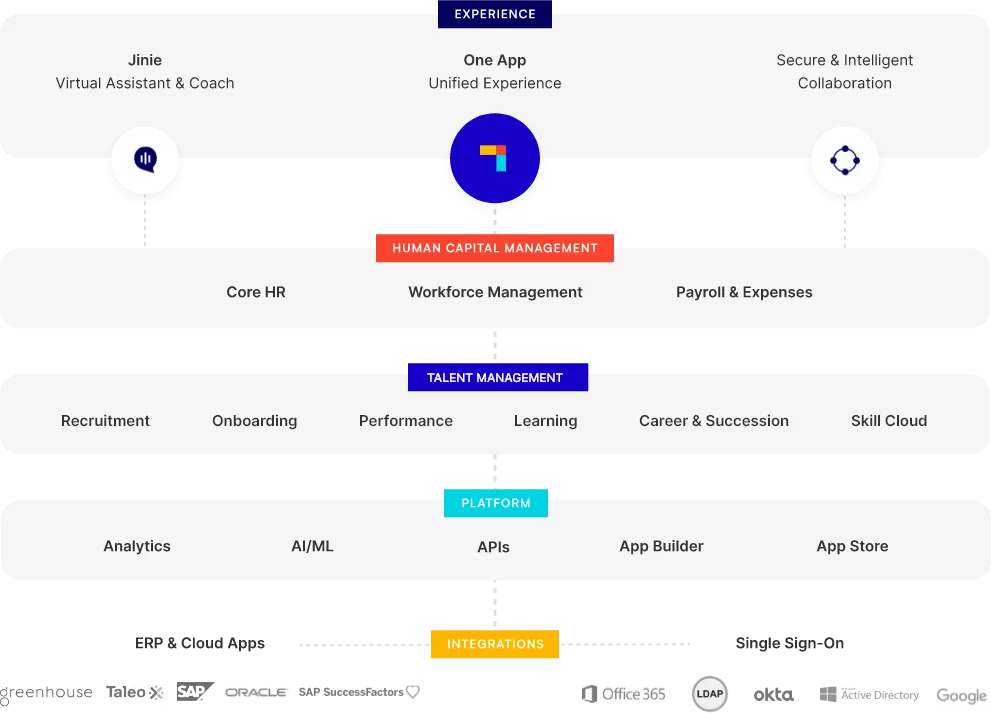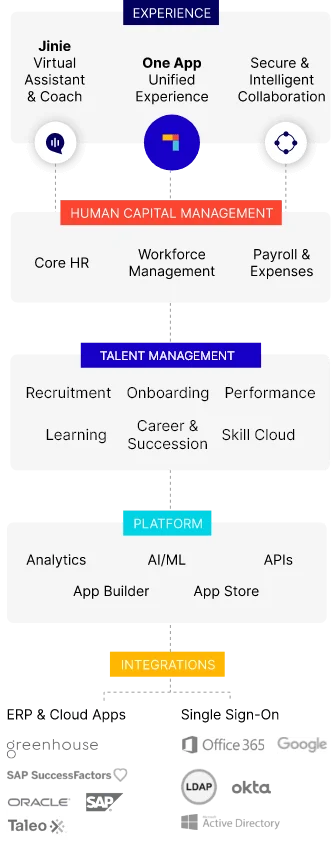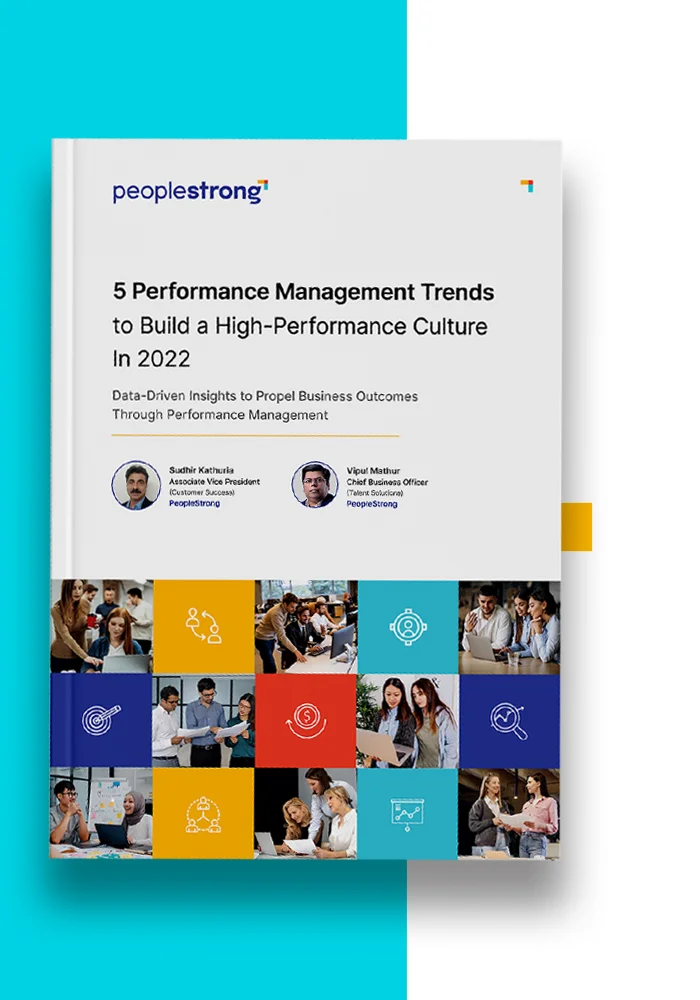According to Randstad Workmonitor survey in Q1 of 2019, 1 in 4 employees feel uncomfortable during performance reviews. Further to that, 47% of survey respondents based in Singapore only get their performance reviewed once a year. For 15% of them, they were not even asked for feedback during their performance appraisals.
For something that is important to the bottom line of any organisations, this area is still lacking in many of them.
Performance reviews are important because they help each side of the table gather thoughts and become more familiar with the areas that need improvement and those that are working well.
If done right, reviews can be one of the best tools for developing an employee’s career with a company.
If you are struggling to embed good performance reviews into your organisations, you can begin with these five steps:
- Begin with a strong performance plan. Cascade business goals into individual deliverables, include clear performance measures, and update plans throughout the year as things change. A clear performance plan greatly reduces the amount of time needed to draft an evaluation.
- Make it more frequent.
The annual frequency of the traditional performance review is a main grouse since it is lumping everything good and bad over the span of 12 months and distilling it over one sitting towards the end of that period is not only daunting but perhaps not reflective of the employee’s entire gambit of contributions and value-add to the organisation for the entire year. There is also the lag effect – whatever that was formalised at the beginning of the year fails to adapt to what evolves over the next 12 months. New scope of work may have been added or even a re-designation. The often overly generic catch-all performance review form can barely accommodate the change. - Teach managers how to receive and provide feedbacks.
Show them how to provide difficult feedback that an employee needs to be successful. Make sure they know the evaluation process and the best way to complete forms. The premise of making it more frequent would also help as managers would be required to have regular dialogues with their people and good managers would find means and ways to level up in that area. - Be constructive.
Focus on what the employee needs to do next to either develop knowledge and skills or improve performance. It can be easy to focus on the recent events and big-ticket items. Again, that is why breaking it into chunks would make sense as focus isn’t over grand events that occurred over the year but simply what happened last week, as well as what may happen over the next. - Use technology to enable frequent performance reviews.
An app like Performance is created to support modern performance review processes such as MBO, OKR and KPI. This digital solution also allows users to skip the mundane paperwork that may cause procrastination and, at the same time, provide a structured means of ensuring things do not fall off the rails. Employers and employees can get bird’s eye view of performances with analytics to make sense of the data.













